The 1970s were a golden era for sitcoms, producing shows that entertained millions. However, some episodes did more than just amuse; they eerily foresaw future events and technological advancements. This blog post explores twelve noteworthy episodes where 70s sitcoms accidentally predicted the future, from societal changes to groundbreaking technologies. Whether through social satire or imaginative storytelling, these episodes offered glimpses into a world that would eventually come to be. Join us as we delve into these fascinating instances of accidental prophecy.
1. Rowan and Martin’s Laugh-In (1969)
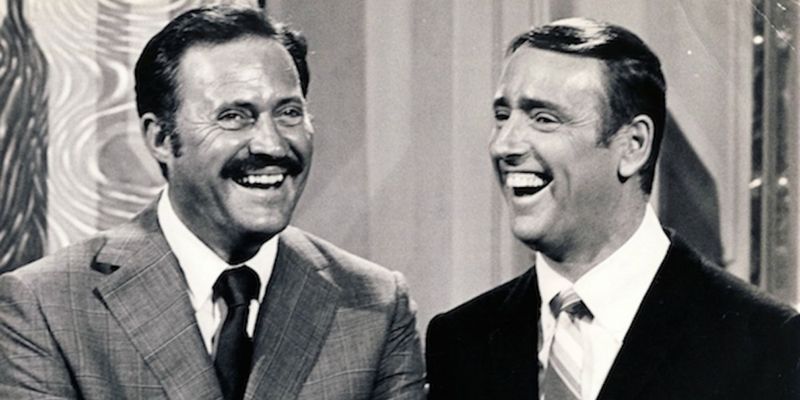
In an episode from 1969, comedian Dan Rowan, with his playful wit, reported a fictional news segment foretelling future events. Among the fanciful predictions was the fall of the Berlin Wall, which seemed purely comedic at the time. Yet, two decades later, this prediction materialized. This blend of satire and foresight highlights the unpredictable nature of humor. How did such a whimsical guess turn into reality? Was it mere chance, or did it reflect deeper societal undercurrents? Television has a unique way of blending fantasy with reality, capturing the zeitgeist of its era.
2. The Jetsons (1962)

The Jetsons, though not a conventional sitcom, envisioned a world filled with futuristic gadgets. From video calls and flat-screen TVs to smartwatches, many of these once-fanciful ideas have come to life. The show’s whimsical portrayal of technology captured the imagination of viewers. What made these concepts resonate so deeply? Perhaps it was the show’s optimistic vision of the future, a future now realized. It’s fascinating how a cartoon can so accurately reflect technological progression. The Jetsons didn’t just entertain; it provided a blueprint for future innovations.
3. The Six Million Dollar Man (1974)

The Six Million Dollar Man introduced audiences to Steve Austin, a man rebuilt with bionic limbs. This concept, once purely science fiction, foreshadowed current advancements in prosthetics. Today’s bionic limbs offer remarkable functionality, transforming lives. How did this transformation happen? The show’s creative exploration of human enhancement paved the way for real-world innovations. It raised questions about human potential and technology’s role in expanding it. This narrative of human-machine integration continues to inspire both storytellers and scientists, bridging the gap between fiction and reality.
4. The Bionic Woman (1976)

Following its predecessor, The Bionic Woman showcased a heroine equipped with advanced cybernetic abilities. Among these was enhanced hearing, a concept mirrored in today’s cochlear implants. How did the show’s depiction influence real-world technology? Its portrayal of seamless human-machine integration captured imaginations. By bringing such ideas to mainstream audiences, it subtly suggested possibilities. The Bionic Woman was more than entertainment; it was a visionary tale of human augmentation. Those cybernetic dreams have paved the way for modern breakthroughs, providing hope and possibilities for many.
5. Battlestar Galactica (1978)
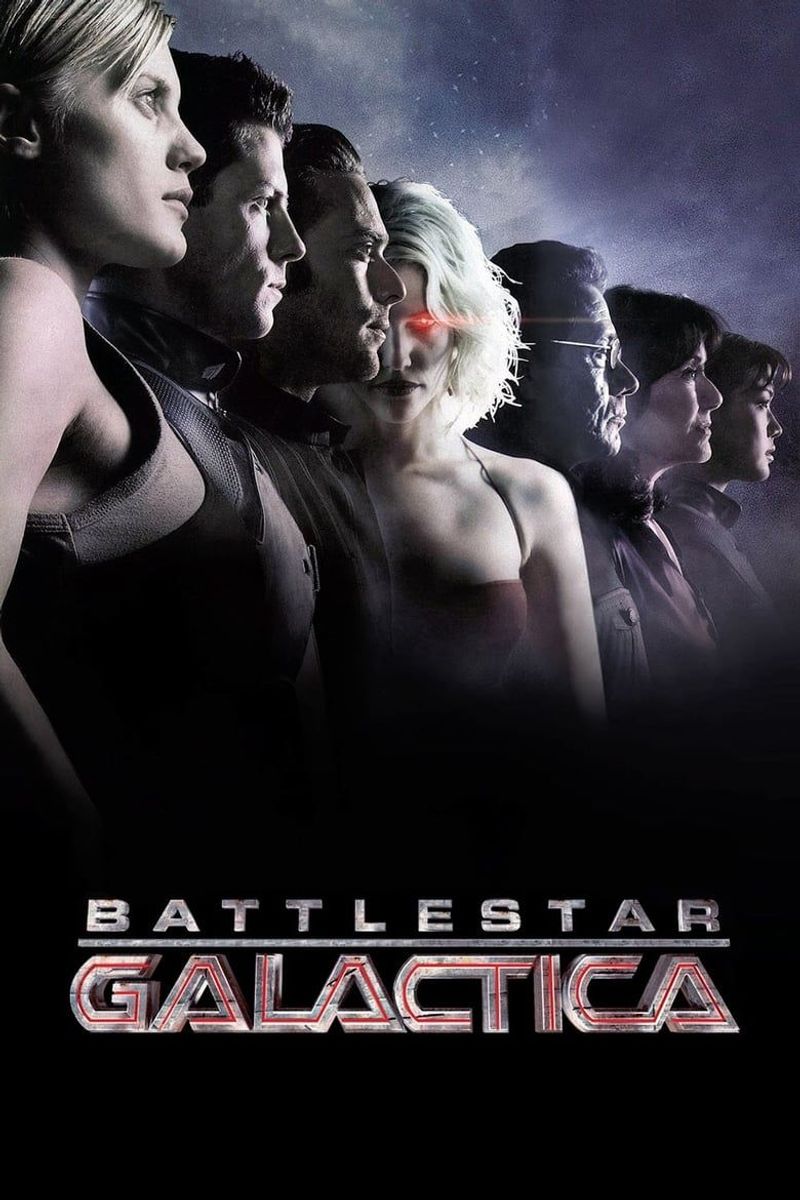
Battlestar Galactica, with its intense space battles, presented themes of artificial intelligence and existential threats. The concept of humanity’s near-destruction by its own creations resonates today. How did it predict the current AI discourse? By exploring the complexities of consciousness and creation, it raised questions still debated. The narrative’s exploration of AI ethics was ahead of its time. It continues to serve as a cautionary tale, urging careful consideration of technological advancements. Battlestar Galactica remains relevant, echoing our current concerns about AI and its implications.
6. Mork & Mindy (1978)
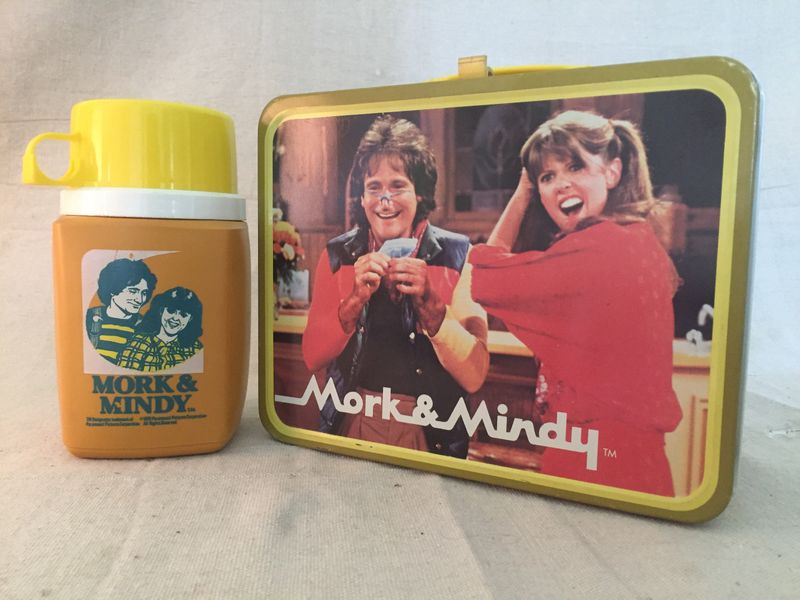
Mork & Mindy, a comedic gem, introduced Mork, an alien with quirky habits and advanced technology. His use of a wrist-based communication device hints at today’s smartwatches. How did this comedic element foresee future tech trends? By blending humor with innovation, the show made such technology feel tangible. Mork’s curious nature and gadgetry captivated audiences, sparking imaginations. The show’s playful exploration of alien technology unknowingly predicted modern-day communication advances. Mork & Mindy’s whimsical take on alien life and human interaction remains timelessly endearing.
7. Star Trek: The Animated Series (1973)

Star Trek: The Animated Series continued the franchise’s tradition of forward-thinking technology. The crew’s use of tablet-like devices anticipated today’s tablets and touchscreen tech. How did this vision shape our technological landscape? By normalizing such devices, the show fostered acceptance of emerging innovations. Its imaginative portrayal of space exploration and gadgets inspired real-world counterparts. The animated series didn’t just extend the Star Trek universe; it laid the groundwork for future technological developments. Its influence on tech design and functionality is undeniable, sparking curiosity and progress.
8. All in the Family (1971)
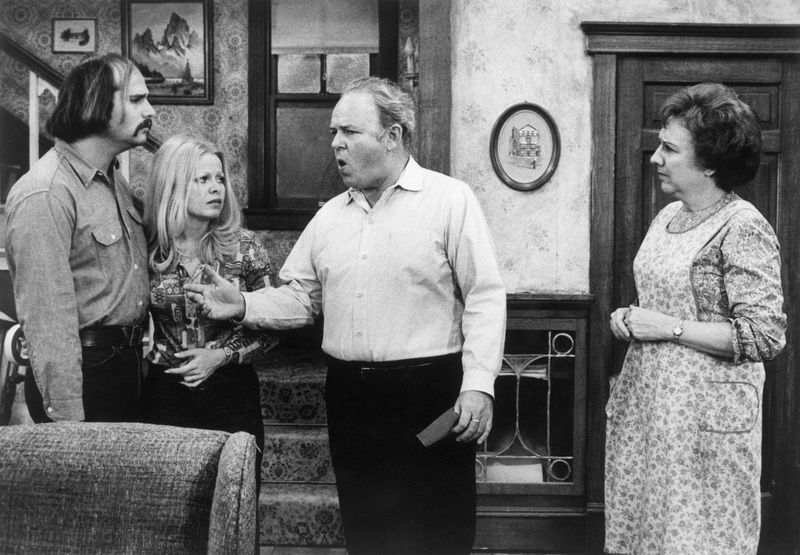
All in the Family, a pioneering sitcom, tackled social issues with humor and sharp commentary. An episode discussing gender roles and work-life balance predicted societal shifts. How did this narrative reflect future changes? Its fearless exploration of taboo topics resonated with audiences, provoking thought and dialogue. By addressing gender equality and progressive values, the show mirrored future societal transformations. It wasn’t just a sitcom; it was a cultural phenomenon that influenced public discourse. All in the Family remains a testament to television’s power to both entertain and enlighten.
9. Good Times (1974)

Good Times, known for its poignant portrayal of an African American family, explored issues of economic disparity. An episode focusing on financial struggles foresaw ongoing discussions about wage inequality. How did it capture this enduring issue? By presenting relatable, heartfelt stories, it humanized economic challenges. The show’s honest depiction of poverty-related themes resonated with viewers. Good Times wasn’t merely a reflection of its era; it provided insights into persistent societal struggles. Its legacy endures, highlighting the need for empathy and understanding in addressing economic disparities.
10. The Mary Tyler Moore Show (1970)
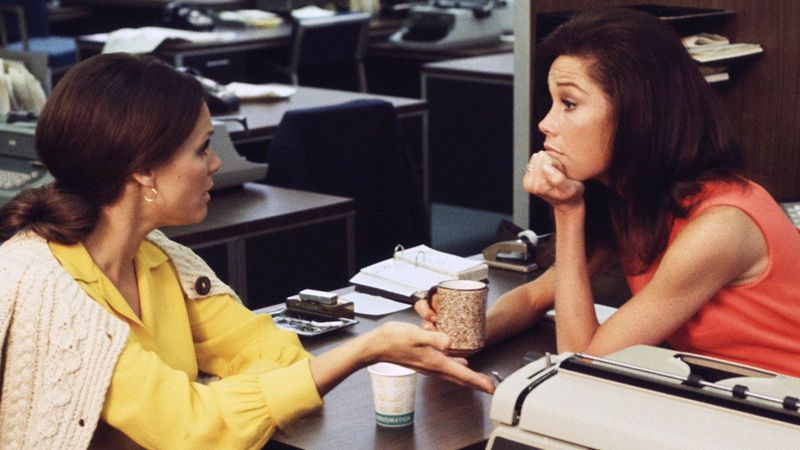
The Mary Tyler Moore Show broke barriers, presenting a single, career-driven woman in a male-dominated workplace. An episode addressing workplace equality and gender dynamics anticipated future feminist movements. How did it shape societal perspectives? By portraying a strong, independent female lead, it inspired countless viewers. The show’s progressive narrative challenged traditional gender roles and expectations. It wasn’t just entertainment; it was a catalyst for change, urging society to reevaluate norms. The Mary Tyler Moore Show remains an iconic symbol of empowerment and progress.
11. The Brady Bunch (1969)

The Brady Bunch, with its iconic blended family, addressed themes of diversity and acceptance. An episode exploring cultural differences foreshadowed future conversations about inclusivity. How did this simple family sitcom predict societal shifts? By normalizing diverse family dynamics, it paved the way for broader acceptance. The show’s lighthearted approach to serious topics resonated with audiences. The Brady Bunch wasn’t just a family comedy; it was a visionary portrayal of evolving social dynamics. Its legacy continues to influence portrayals of family life and diversity in media.
12. Three’s Company (1977)
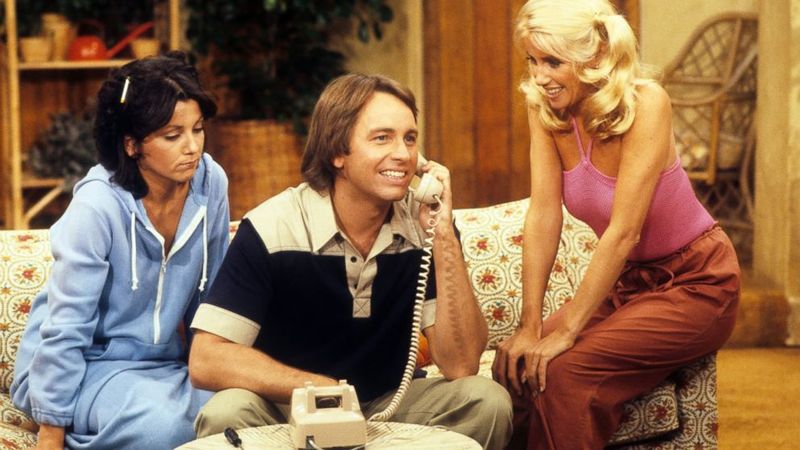
Three’s Company, known for its comedic misunderstandings, subtly addressed societal norms and acceptance. An episode highlighting cohabitation challenges predicted future discussions about non-traditional living arrangements. How did this comedy capture changing societal attitudes? By humorously exploring unconventional living dynamics, it challenged norms and encouraged open-mindedness. The show’s playful narrative resonated with audiences, reflecting shifting values. Three’s Company wasn’t just about laughs; it was a forward-thinking commentary on personal relationships and societal expectations. Its influence on modern sitcoms and cultural perceptions is still felt today.

